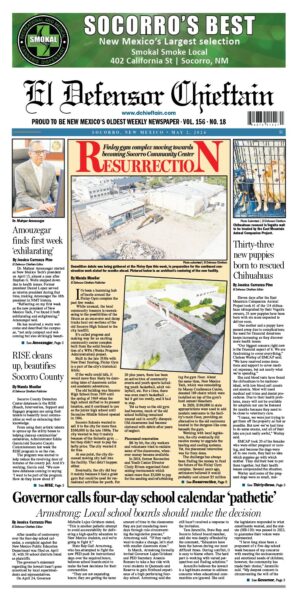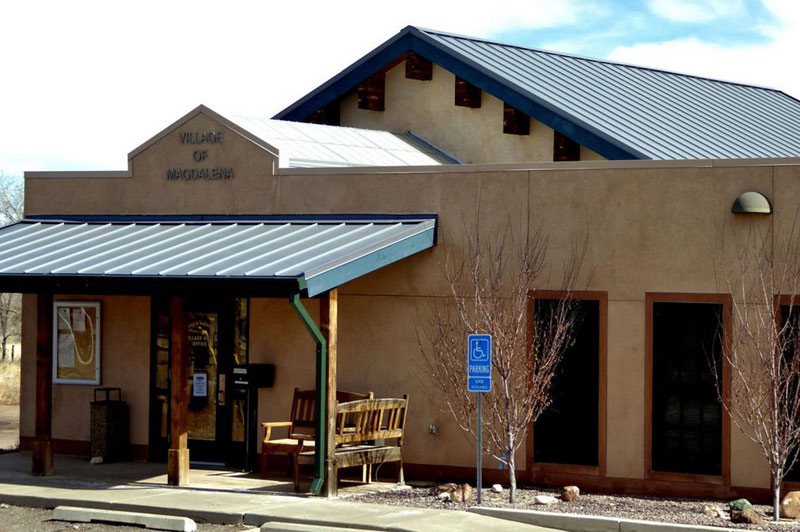
I simply found that our long, hot drought, lasting into July, demanded too much of my time and energy in trying — rather futilely — to make food and flowers grow in 4 percent to 12 percent humidity. And then, once the extraordinarily generous rains began, all the harvesting and preserving of our homegrown food simply ‘ate my lunch’ (as we’re tempted to say).
But now I’m baaak, so let’s see what I’ve dug up for a column during this bracing run-up to winter. (I offer quite the potpourri …)
I have little right to complain (much) about “the weather” in this relatively temperate zone. After all, the island nation of Vanuatu and over 80 South Pacific islands nearby were WHOMPED in a Category 5 cyclone in 2020. Cyclones are great clockwise-spinning storms — the opposite of northern-born hurricanes’ rotations. And this Cyclone Harold was very close to the strongest ever recorded. Inconceivably, 80 to 90 percent of Vanuatu’s residents lost their homes to that storm.
But on an optimistic note:
This October, on International Human Rights Day, a “brand new” right of human beings was formally acknowledged at the United Nations. Christened “The Universal Right to a Clean, Healthy and Sustainable Environment,” this recognition has long been sought after by the Greta Thunbergs of the world, international youth who demand urgent action to avert catastrophic climate chaos.
On a grimmer note:
The rate of incarceration in the United States is unprecedented in the history of mankind. My latest data is from 2021. It reveals that one in every 31 persons in the United States is “under the supervision of the correctional system.” While Americans are just 5 percent of the global population, we incarcerate fully one-quarter of the world’s prison population. Jaw-dropping, isn’t it?
Only 3 percent of federal prisoners are ‘in’ for aggravated assault or worse. Over 60 percent are there because of drugs. Many are people who haven’t accessed addiction treatment, while the average jailbird earned $19,000 per year back in the free world. Yes, America, Land of the Free, is indeed in the business of “paupers’ prisons.”
This story might give you pause:
Gun violence across the U.S. costs us $229 billion annually — that’s over $700 per person per year across the land. Liberal, unregulated and/or illegal firearms possession and use racks up our tab for first responders, medical treatment, criminal investigations, legal proceedings, penal institutions, lost wages, long-term and rehabilitative care, and ultimately, families in need of social services indefinitely. Here’s the kicker: this tremendous toll is SIX times what America spends yearly on humanitarian foreign aid. Now that’s a cryin’ shame!
As an antidote, here are four lovely little stories I discovered while catching up on (what I call) “my junk mail” — nature magazines that easily pile up when I’m not paying attention:
- First, on World Ocean Day this year, the Department of Interior announced the phasing-out of all single-use plastics sold in National Parks, Wildlife Refuges and other public lands under Interior. Vendors in the Parks have one decade to complete this transition. The ban will of course include all food and drink packaging purchased by the 330 million folks who visit our natural, national ‘crown jewels’ annually. That will eliminate a LOT of toxic trash.
Eleven million metric tons of plastic makes its way down to the oceans each year — and plastics production, disturbingly, is expected to triple by 2060 if we don’t wise up and curb this expansion. Thus, these plastic bans we’re hearing of everywhere are clearly a wise wave of the future.
- Another step in the right direction: the 9th Circuit Court of Appeals has ruled that the Trump-era Office of Surface Mining wrongly approved a 175-million-ton expansion of a Montana coal mine. At issue was that the project, if implemented, would release 240 million tons of greenhouse gases into Earth’s atmosphere over a mere decade. The nixed expansion would have created the largest underground coal mine in the U.S. and the largest single-point polluter within the country.
[I can hear them ol’ judges sayin’, “Jes’ hold yer gol-durned horses right there now, fellas!”]
- Next, the EPA will soon spend over $2.5 billion to help electrify our iconic American fleet of 25 million school buses. Kids who ride those big yellow ‘buddies’ will increasingly be relieved of breathing today’s current levels of diesel exhaust.
To help significantly rein in the world’s galloping climate crisis, all machines that now combust fossil fuels will need to be electrically or otherwise cleanly-powered as soon as humanly possible. So, it’s all hands on deck.
- And lastly, I have learned that my erstwhile college town, the City of the Angels, has become the first city — plus county! — in the nation to start phasing out oil drilling within its bounds. And those “bounds” encompass the largest urban oilfield in the country.
Yep, Los Angeles came by its storied smoggy reputation honestly. Nearly 600,000 residents live within a quarter-mile of an active rig — either pump-jack or drilling derrick. We all know that oil fields spew toxic chemicals, particulates and methane. So now, let’s hear it for the health of the masses (and for an iconic California neighborhood).
¡Cuba Libre!
This November 3rd, a now-annual event took place at the United Nations General Assembly in New York: the global vote condemning America’s 60-year-long embargo and blockade of Cuba, our near island neighbor, lying just 90 miles off Miami Beach. On that tiresomely now-traditional day, the world’s nations voted almost unanimously to lift the embargo (El Bloqueo, to Cubans) of that valiant little country for the thirtieth straight time since 1992.
This year’s tally was 185 nations ‘Against’ the U.S. blockade and only two ‘for’ it. [Abstaining and withholding their vote, was Brazil and, not surprisingly, Ukraine.] Al Jazeera places the material losses to the Cuban nation, after a six-decade bloqueo, at over one-trillion dollars. (That’s 12 zeroes, folks!)
Only the Vatican and Palestine can’t vote in the General Assembly; but 96 percent of the countries on Earth do. And wouldn’t you know it? Solely the U.S. and Israel voted “No, keep Cuba in chains.”
Creature Feature
We share this awesome planet with a reptilian species that evolved into its present, recognizable form over 100 million years ago — the longest-reproducing reptile on Earth.
Meet the wondrous Leatherback Turtle: an animal of many superlatives, leatherbacks are enormous. A 4-foot-long adult will easily weigh 500 pounds, but an 8-foot-long behemoth will commonly tip the scales at 2,000 pounds — and he likely took 100 years to reach that size. Plus, leatherbacks can dive over 4,000 feet down and migrate over 7,000 miles in one swim.
The superlatives don’t stop there: Leatherbacks are the most widely distributed reptile on Earth, dwelling in the Atlantic, Pacific and Indian Oceans, plus the Mediterranean Sea. Throughout their watery domain, jellyfish are their feast of choice. But therein lies this mammoth turtle’s bane: marine creatures usually cannot distinguish floating, discarded plastic bags from the oceans’ translucent and glittering jellyfish (leading to suffocation).
Additional threats include entrapment in fishing nets (since reptiles need to surface to breathe air) and the habitat loss of safe, tranquil beaches for egg-laying and the hatching of babies. Because of their great size, leatherbacks are especially vulnerable to being struck by ships. And did I mention poachers? While officially listed as “Threatened” in much of their range, the Pacific and southeast Atlantic populations are “Critically Endangered.”
As many of us have heard, only one in a thousand wee sea turtles actually lives to adulthood — so tasty and nutritious are they as snacks for other ocean creatures. Leatherbacks do not develop the usual hard shells of most turtle species. Their carapace is rubberlike and flexible — like thick leather. Truly a marvel of longevity and ages-old evolution, it remains to us to defend these marine creatures, remove plastic trash from our oceans — and bar it from ever arriving there.
Sources: Center for International Environmental Law; Daily Kos; Earth Justice; IFCO/Pastors for Peace; Mother Jones; Natural Resources Defense Council; The Ocean Conservancy; Pace e Bene



















